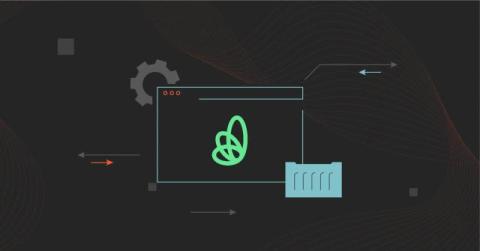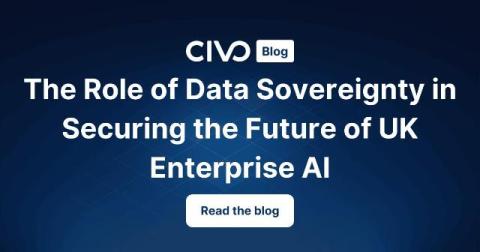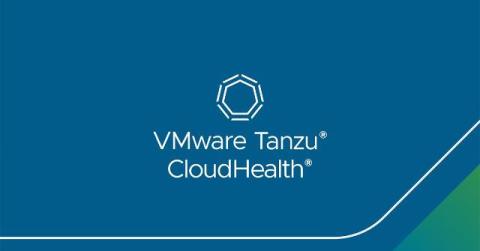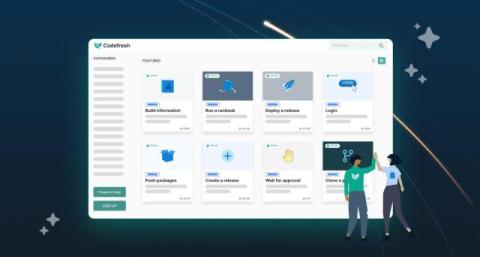Build and Deploy Kubernetes Applications with Skaffold
Skaffold is a command line tool that facilitates continuous development by streamlining the workflow for building, pushing, and deploying Kubernetes applications. Skaffold handles the complexities of Kubernetes deployments, allowing developers to focus on local application iteration while managing deployments efficiently. Get started with our tutorial.











